14 Natural Pain Relievers
By Stephanie Burke
Not all pain relief has to come from a medical treatment. There are some natural pain relief options that can go a long way in helping you cope with and manage chronic pain.
Watch Video: 4 Little-Known Natural Pain Relievers
While many of these treatments will not work for everyone, sometimes gaining even a little more pain relief makes it worth a try.
See Modern Theories of Chronic Pain
Not all pain relief has to come from a medical treatment. There are some natural pain relief options that can go a long way in helping you cope with and manage chronic pain.
Watch Video: 4 Little-Known Natural Pain Relievers
While many of these treatments will not work for everyone, sometimes gaining even a little more pain relief makes it worth a try.
See Modern Theories of Chronic Pain
It's possible to make a moist heat pack with common household items.
Watch: Video: How to Make a Moist Heat Pack
Try heat therapy. Applying some form of heat can go a long way in easing your pain. Try a hot water bottle, gel-filled pad heated in the microwave, electric heating pad, or hot bath.
The benefits of heat therapy are twofold: it increases the flow of healing oxygen and nutrients to the damaged area, and it suppresses pain signals. Some find that wearing a heat wrap, such as those from ThermaCare, is best because it releases a low level heat for several hours and can be worn under clothes so you can remain mobile. You can also combine the benefits of aromatherapy and a heat by adding an essential oil to the hot pack; you can experiment by making your own microwaveable heating pad at home and adding different essential oils to see what works best for you.
See Heat Wrap Therapy Can Reduce Post-Exercise Low Back Pain
Try massage therapy. Studies have shown that massage therapy not only helps with relaxation, but can also help diminish the body's perception of pain. A high quality therapeutic massage spurs blood flow, which in turn helps nourish and heal the soft tissues in throughout your body. Massage also releases endorphins, which are your body's natural analgesics. Massage therapy is defined as soft tissue—muscles, tendons, and ligaments—manipulation through hands-on massage by a qualified massage therapist. Like many complementary therapies, there is no substantial agreement in terms of how much massage therapy can help reduce pain, or which type of massage is best for which type of pain, so you may need to try more than one approach to find what works best for you.
See Massage Therapy for Lower Back Pain In addition to traditional massage techniques, such as Swedish massage or deep tissue massage, there are some techniques that involve the use of instruments, such as the Graston Technique or other instrument-assisted methods.
See The Graston Technique: An Instrument Assisted Soft Tissue Manual Therapy for Back Pain
The chair hamstring stretch is a low-pressure way to stretch.
Watch: Seated Chair Hamstring Stretch for Low Back Pain Relief Video
Loosen up. Almost everyone can benefit from stretching the soft tissues (the muscles, ligaments, and tendons) in and around the spine. Your back is designed for movement, and if your motion is limited because you are in pain, it can make your back pain worse.
See Spinal Anatomy and Back Pain
If you suffer from chronic back pain, you may find it takes weeks or months of stretching to loosen up your spine and soft tissues, but meaningful and sustained pain relief will follow the increase in motion. Warming up your muscles by applying a heating pad for 15 minutes before stretching can help make the stretching more tolerable.
Read more about Stretching to Relieve Back Pain
It is best to work with a physical therapist or other health professional before starting any type of stretching routine, as the type of stretching should be tailored to your specific condition; e.g. the form of stretch will be very different if you have lumbar spinal stenosis versus a herniated disc.
Enjoy the outdoors. 10 to 15 minutes of sun exposure a day can help the body produce vitamin D. People who got the recommended daily 400 to 800 IU of vitamin D experienced less pain than those who didn't, according to a Boston University study of 221 men and women with knee osteoarthritis.
In one recent study, the 200 study participants with chronic lower back pain that had no identifiable cause were had significantly lower levels of vitamin D than the 200 people in the control groups without lower back pain, indicating that insufficient vitamin D levels may contribute to or worsen chronic pain.2
Other research shows increasing vitamin D may help soothe pain: out of 150 people with unexplained persistent musculoskeletal pain, 93% were recently found to be deficient in vitamin D levels, according to recent research at the University of Minnesota.3
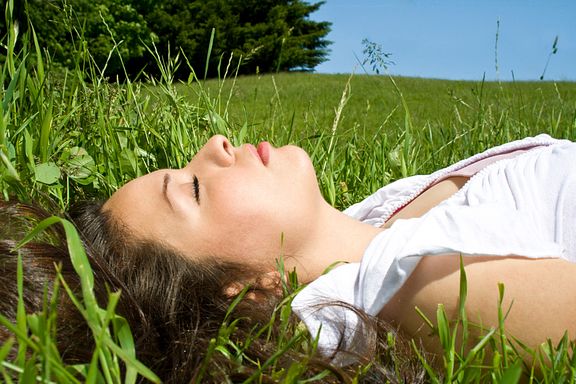
About 15 minutes of sun exposure on your face and hands a day produces your daily dose of vitamin D.
Read more: Calcium and Vitamin D Requirements
Imagine yourself in a better place. This option has to do with a form of meditation - called guided imagery - harnesses the power of your mind to devalue pain signals. Guided imagery allows you to hear and internalize therapeutic suggestions that help you feel better.
See How to Stop Your Pain with Your Mind
In one study of 28 women with osteoarthritis pain, half of the women listened to a 10 to 15 minute recorded script twice daily that guided them through muscle relaxation techniques. Women in the guided imagery group showed statistically significant improvements in their pain levels and mobility within 12 weeks, versus women in the control group who did not see any improvements.4 Guided imagery can be learned with a practitioner or on your own using audiotapes or CDs.
Ease inflammation with ice packs made with household items.
Watch: Video: How to Make a Gel Ice Pack
Reduce the inflammation that's contributing to your pain. It may seem obvious but it bears repeating; inflammation is a contributor to most forms of chronic pain, and reducing the inflammation will help reduce your pain. A simple way to address inflammation is to regularly apply a cold pack or ice to the local area of pain. Ice also helps by acting as a local anesthetic and by slowing nerve impulses, which in turn can interrupts the pain signals generated in the affected area.
See How to Use Ice Massage Therapy for Back Pain
Meditate twice daily. Meditation comes in many varieties, some complex, others simple. One common approach is just to find a sound that is pleasing to you but has no particular meaning (like "som"), close your eyes, sit still and comfortably, and repeat the sound in your mind. When your thoughts wander, notice that they have wandered and return to your sound. If you feel your pain, notice the pain and return to your sound. You don't have to sit up straight with your legs crossed—any position that you find comfortable is fine. You can sit in your recliner with a heating pad on your back if that is best for you. You can sit back and soak in a warm bathtub.
Start with a few minutes, and gradually lengthen to thirty minutes. You will find yourself refreshed and reinvigorated, with less pain overall.
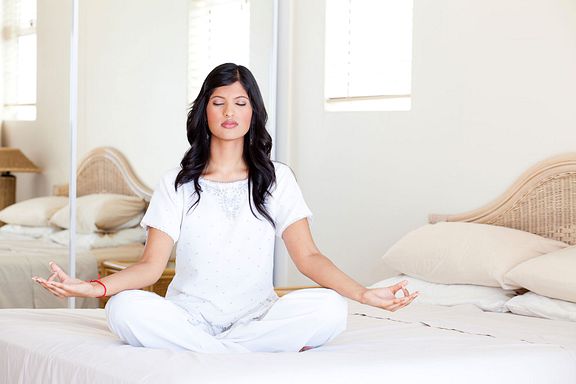 Meditation can also help reduce the depression, anxiety, stress, and sleeping problems that often accompany chronic pain.
Meditation can also help reduce the depression, anxiety, stress, and sleeping problems that often accompany chronic pain. Read more: Mindful Meditation vs. Chronic Pain
Laugh more often. One study showed that social laughter actually increases pain tolerance.5 Laughing along with others was shown to have the highest positive impact. Laughter has many positive effects, including increasing circulation and oxygen, and raising your body's level of endorphins (the body's natural pain killers). There is a whole movement called "laughter yoga"—which helps people enjoy the many benefits of laughter without having to need a reason to laugh—it just focuses on laughing for its own sake.
See Acupuncture: An Ancient Treatment for a Current Problem
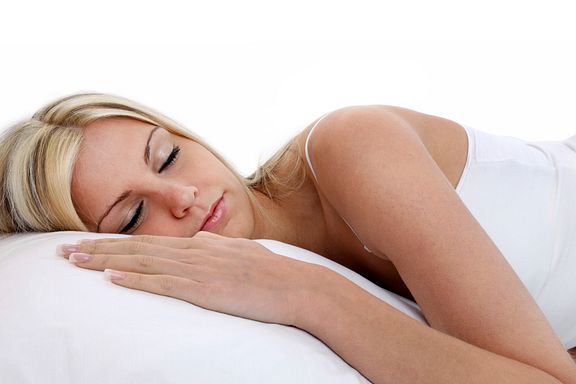
Getting to sleep faster and staying asleep longer can promote healing.
Read more: 11 Unconventional Sleep Tips: How to Get to Sleep and Stay Asleep
Get enough restorative sleep. Getting enough sleep is critical to managing pain and promoting healing, so it's important to employ a variety of sleep aids to help you get a healthy amount of sleep. Regular exercise that physically exhausts the body helps promote deep sleep. Visualization, meditation, and other psychological techniques can also help you get to sleep and stay asleep.
See Sleep Aids for People with Chronic Pain
Stay well hydrated. It is common knowledge that drinking enough water throughout the day is good for you, but did you know it can also help reduce pain? For people with back conditions, staying well hydrated helps the intervertebral discs stay healthy. Drinking enough water also helps reduce stiffness, it helps your blood carry healing nutrients and oxygen throughout the structures of you body, and helps flush toxins out of your muscles and other soft tissues. It will help prevent constipation (a side affect of many pain medications).
All of the above are not prescriptive; rather, they are intended as ideas for you to consider on your personal journey with managing chronic pain.
References:
Tsao JC. Effectiveness of massage therapy for chronic, non-malignant pain: a review. Evid Based Complement Alternat Med. 2007;4(2):165-79.
Lodh M, Goswami B, Mahajan RD, Sen D, Jajodia N, Roy A. Assessment of Vitamin D status In Patients of Chronic Low Back Pain of Unknown Etiology. Indian J Clin Biochem. 2015;30(2):174-9.
Plotnikoff GA, Quigley JM. Prevalence of severe hypovitaminosis D in patients with persistent, nonspecific musculoskeletal pain. Mayo Clin Proc. 2003;78(12):1463-70.
Baird CL, Sands L. A pilot study of the effectiveness of guided imagery with progressive muscle relaxation to reduce chronic pain and mobility difficulties of osteoarthritis. Pain Manag Nurs. 2004;5(3):97-104.
Dunbar RI, Baron R, Frangou A, et al. Social laughter is correlated with an elevated pain threshold. Proc Biol Sci. 2012;279(1731):1161-7.
https://www.spine-health.com/blog/14-natural-pain-relievers

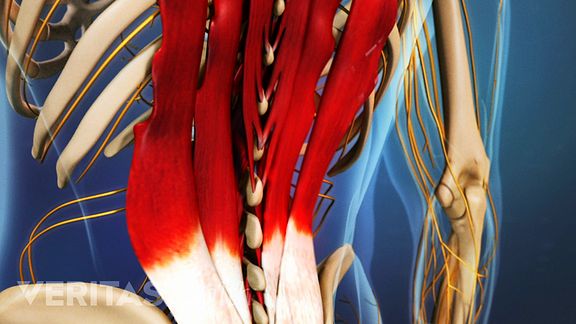
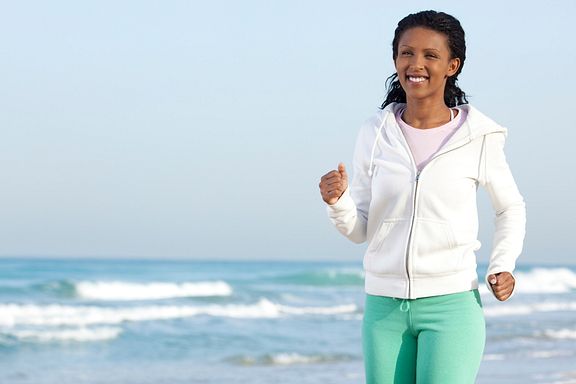
No comments:
Post a Comment
All comments welcome but advertising your own service or product will unfortunately result in your comment not being published.